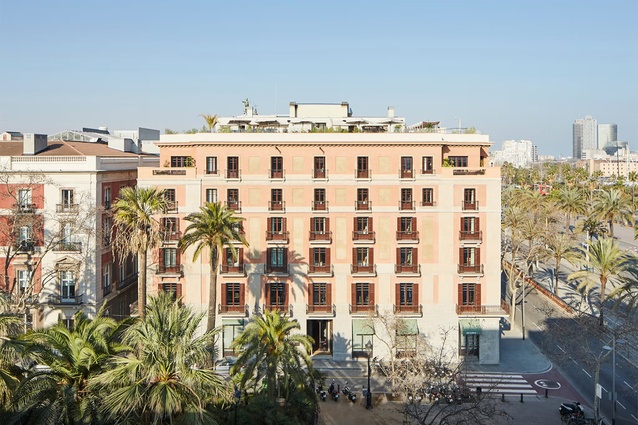Exploring design, culture, and reflection in Barcelona
Founder and principal of CTRL Space Chris Stevens recently visited Barcelona with creative director Sam Griffin, for the Restaurant & Bar Design Awards. Exploring the hospitality scene in this vibrant city, he muses on whether its ‘undesigned’ and unpretentious offerings could be replicated in New Zealand, or if our modern taste for an ‘elevated experience’ is preventing us from life’s simple pleasures.
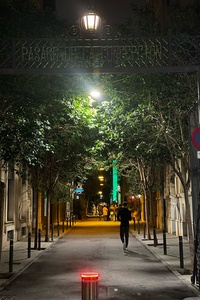
The Spanish have a flair for style and design. From the moment you arrive in Barcelona, it’s impossible to ignore the deep aesthetic care that permeates every corner of the city. Whether in fashion, architecture, or public spaces, design is woven into the fabric of daily life. The influence of visionaries like Gaudí is everywhere, from the organic and complex geometries of La Sagrada Família to the surrealism and modernism that define Catalonia’s artistic legacy.
In contrast, cities in New Zealand often prioritise commercial practicality over aesthetic ambition. Barcelona is built with permanence and purpose — structures designed to last 200 years — while in our main cities, the buildings often lack the same longevity or stylistic consideration. It’s a stark reminder that architecture is about more than just function; it’s about placemaking, creating spaces that resonate with people now and for generations to come.
A city engineered for sociability
One of Barcelona’s most endearing traits is its emphasis on sociability. The city feels like it was designed to foster connection. From the narrow, winding streets of the Gothic Quarter to the broad promenades that invite leisurely strolls, every space encourages interaction.
Public transport is plentiful, walking is a pleasure, and the abundance of food and drink options means there’s always a spot to pause and socialise. Everywhere you look, people are connecting — locals chatting with friends, tourists soaking up the vibe — all contributing to a buzz that feels great.
A serving of simplicity
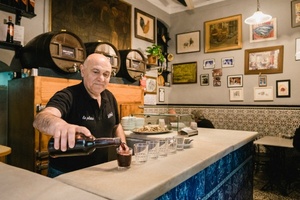
Barcelona is full of food. Every corner, every tiny nook, offers something to eat. It’s as if every square metre of the city has been put to work feeding people. And yes, locals and tourists alike are sipping wine at 11 a.m. — no judgment, no stigma. It’s not about indulgence spiraling into chaos; it’s a natural, integrated way of life. Food and drink are woven seamlessly into the rhythm of the day.
Tapas culture underpins this. The low-key, unpretentious bars serve simple, beautifully executed dishes at affordable prices. This unassuming approach contrasts with the trend in New Zealand to overcomplicate casual dining — elevated pub food, fusions, and upscale interpretations dominate. Barcelona reminds us that simplicity, when grounded in authenticity, can be just as impactful, if not more so.
Lo-fi design: Cool Minimalism or just “a bit shit”?
Sam and I checked out a recommended tapas bar, one of what must be hundreds scattered across the city. It was as simple as they come: no-frills plates, straightforward but delicious dishes, and dirt-cheap prices. The charm of these spots is in their unpretentious simplicity. They’re not trying too hard. Instead, they focus on doing what they know well —classic dishes, reliable quality — without overthinking the offer.
Similarly, like the old London pubs, where people spill into the streets, it’s not about a fancy environment, but the company, the vibe, and the perfectly poured pint; or to Berlin’s repurposed industrial venues and minimalist cafés that celebrate a laid-back, community-focused ethos.
As designers, Sam and I couldn’t help but wonder: Could this vibe ever translate to New Zealand? Could we pull off something that’s so stripped back, so ‘undesigned’?
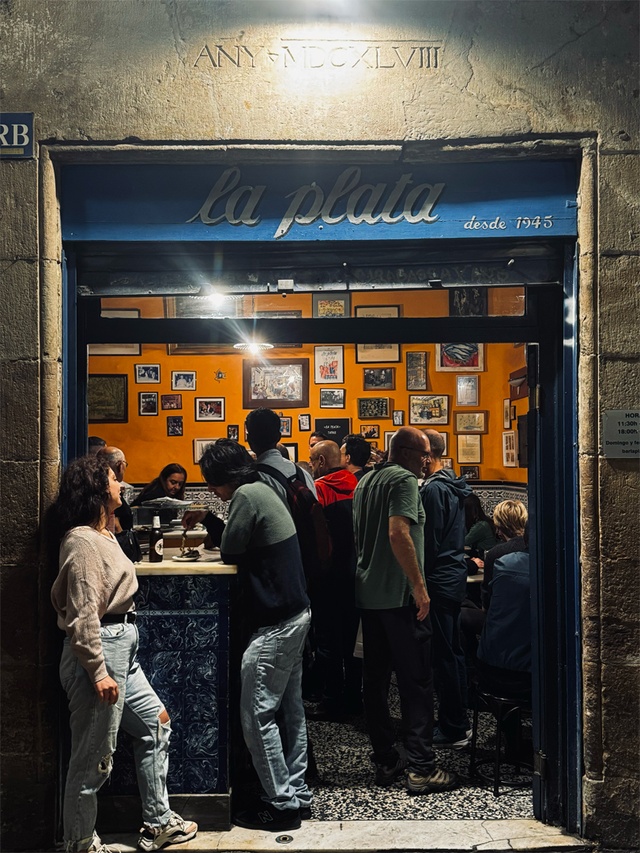
But Europe has heritage and tradition to draw on, a legitimacy that supports simplicity. Barcelona doesn’t need to dress things up — it’s authentic by default. But in New Zealand we’re younger, and it shows. Our market seems to want everything to be a fusion, a polished version of something else. Elevation is the norm, and that elevation inevitably comes at a cost.
Sure, there have been moments where we’ve given lo-fi a good go — places like Golden Dawn, the Hyderabad Hotel and Satya Chai Lounge have all captured a little of that magic. Though it’s telling that only the latter still exists. And arguably these places were targeting a younger ‘hipster’ audience. For a broader, more mainstream audience?…a true lo-fi, under-designed concept might struggle to resonate in New Zealand. I think there is the danger that it would generally be perceived as just being “a bit shit”.
Exploring Barcelona’s architectural hospitality
We were fortunate to stay in, and visit, some of the city’s best hotels and restaurants and get an insight into what makes them so, and how we compare in New Zealand on a global stage.
When speaking with our hosts at each location, and when formulating my thoughts, I needed to bear in mind that Barcelona is one of the most visited cities in Europe, with over seven million tourists per year. With visitation that high the hotels focus is not on occupancy challenges but on offering experiences that match the city’s vibrant cultural narrative.
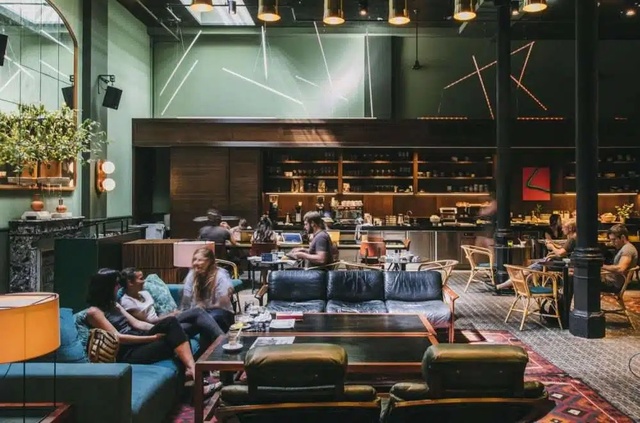
This was reiterated by Ines Miro-Sans, the charismatic founder of Hotel Casa Bonay who, during our visit, when asked what their average occupancy rates were simply replied — “pfft, this is Barcelona”.
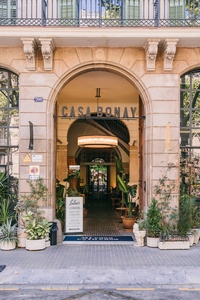
Hotel Casa Bonay is in the historic Eixample district. The building, constructed in the 1860s, and once the private residence of the Bonay family, has been beautifully reimagined to merge its storied past with a forward-thinking boutique hotel concept. Ines drew back the curtain to all areas of this unique boutique hotel and spoke candidly with me and Sam about the challenges of restoring the property during its 2016 fit-out, transforming what was then a neighborhood on the outskirts of Barcelona into a buzzing destination for the design-conscious traveller.
The hotel’s layout underscores its social ethos: a central courtyard leads guests into a harmonious medley of spaces — Bodega Bonay for dining, TosTao for coffee, and Libertine, its vibrant cocktail bar and lounge, aptly dubbed ‘the neurological center’ of the hotel. These spaces, steeped in character and functionality, epitomise the modern traveler’s desire for work-meets-leisure environments.
Hospitality that balances privacy and connection
Exploring a city is exhilarating — and exhausting. After hours of walking and discovery, a hotel becomes more than just a place to sleep; it’s a sanctuary. The Hoxton Hotel in Poblenou, where we stayed — and home to this year’s Restaurant & Bar Design Awards ceremony — embodies a growing trend in hospitality: creating spaces that are both social and private.
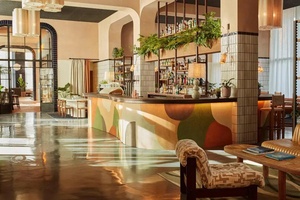
The hotel’s entrance invites guests into a central bar that bridges its reception and dining spaces, creating an immediate sense of connection. The island bar invites interaction, but the design still allows guests to carve out their own corners to rest or work.
This blend of conviviality and solitude feels particularly relevant in a world where travel is increasingly about experiences. Guests no longer just want a bed; they seek a curated stay that reflects the essence of the city they’re in. The thoughtful planning of The Hoxton reflects its global identity — uniform in its aesthetic brilliance yet tailored to local contexts. Each hotel in the brand’s portfolio of nineteen hotels in fourteen cities feels familiar yet unique, embodying a design language that prioritises socialisation as much as style. And it’s clear the approach resonates with the young, design-savvy crowd it attracts.
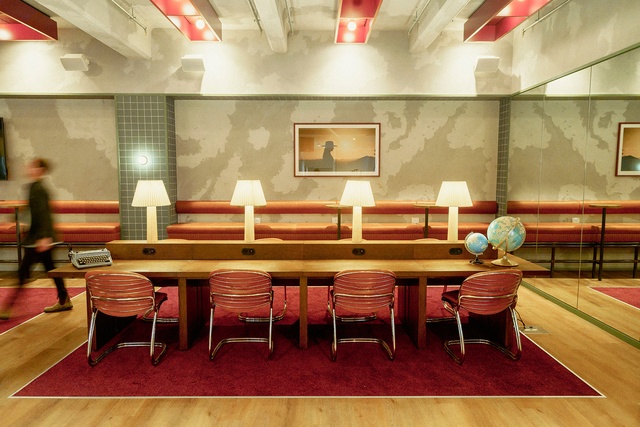
As we explored further, the significance of well-curated spaces became even clearer. The rise of the ‘social hotel’ — a concept that encourages guests to connect and recharge — may well be a post-pandemic response to provide further amenities in an increasingly competitive landscape, but regardless, it’s fantastic and is quickly becoming the new norm. Hotels like The Ace, Proper, and The Standard, and here in New Zealand, our recent project, the Drifter Hotel in Christchurch exemplify this shift — where shared spaces are not just amenities but integral to the guest experience. This is where design delivers an experience, not just an aesthetic.
Lessons in immersive hospitality feat. fried sardines and Soho House
Our journey culminated with a visit to Soho House Barcelona our trip and as it happens it was also my birthday!
The Soho House concept has become an all-encompassing design and global phenomena in hospitality. From private members clubs and restaurants, to country retreats and retail, to allowing you to create your own Soho House experience at home.
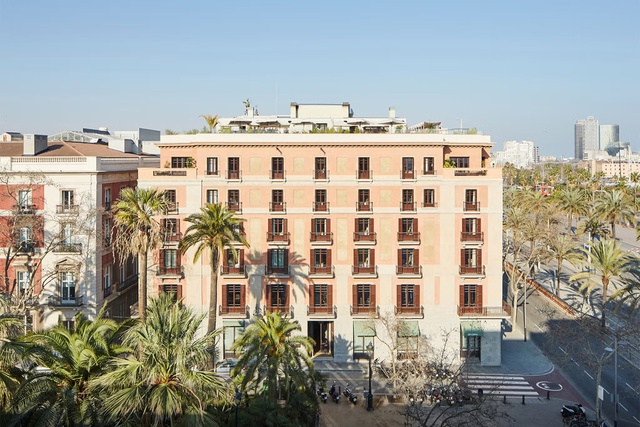
Soho House Barcelona is nestled in the Gothic Quarter and is a testament to design as an immersive experience. We entered the building through the main doors and were swiftly reminded that this is an exclusive members club and that the ‘public’ restaurant — Cecconi’s — was accessible next door and opened at seven (this was 5:00 pm).

While waiting for our dinner reservation at Cecconi’s we stumbled upon La Plata, a modest yet unforgettable hole in the wall venue serving only vermouth and fried sardines, with waiters that looked like they’d been doing it for years. The space was effortlessly authentic and bustling — even on that rainy Monday evening we had to squeeze onto the corner of someone else’s table. La Plata epitomises Barcelona’s ‘undesigned’ charm, proving that even the simplest venues can leave lasting impressions. We could have stayed all night. But Cecconi’s was booked and we had been building up this moment for pretty much the whole trip.
A good friend of mine once said some wise words that go along the lines ‘sow the seed of expectation — reap the harvest of disappointment’. In this instance, nothing could have been further from the truth. Soho House offers arguably the pinnacle of hospitality experiences in a global context and it really did not disappoint. The space, as expected, was as beautiful as you’d see in any magazine anywhere in the world and the food was beyond comparison.
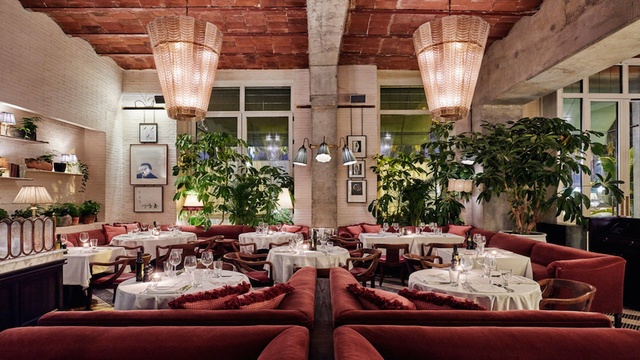
Having been unable to secure a private tour of Soho House ahead of time we (ambitiously) planned to charm our way in. But luckily, an off-duty employee was dining on the table next to us. As friendly Kiwi blokes we got to talking and after a couple of cocktails, they offered to take us through to the private members lounge, the rooftop pool and the other private areas within the building. Each space radiated sophistication and was a showcase for the brand’s unparalleled attention to detail, underscoring why Soho House has become synonymous with aspirational living. The Soho House experience was absolutely everything the hype led us to believe, and my membership application is pending!
Reflections on legacy
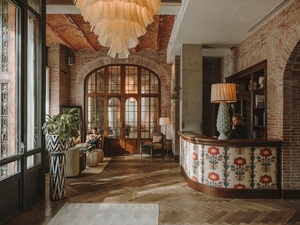
Ultimately, Barcelona is a city that values legacy — whether through its centuries-old architecture, its deeply ingrained traditions, or its thoughtful urban planning. As a designer, it’s inspiring but also humbling. It forces a re-evaluation of the choices we make back home: Are we prioritising the right things? Are we building spaces that endure and inspire?
Barcelona’s hotels are not just places to stay — they are a testament to the city’s rich architectural legacy and innovative spirit. They set a benchmark that not only celebrates the art of hospitality but also inspires it on a global scale.
The trip left me with a renewed commitment to approach design with greater care and intentionality. Cities like Barcelona show us what’s possible when creativity and purpose come together. It’s a standard we can aspire to, not just in design but in how we live, work, and connect with the world around us.

